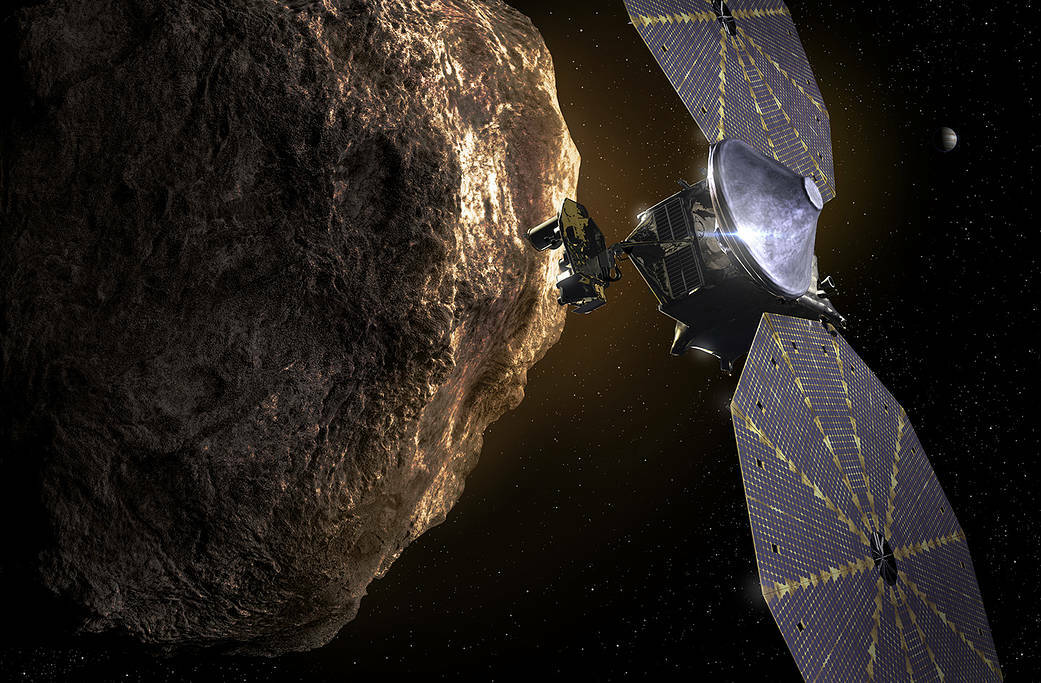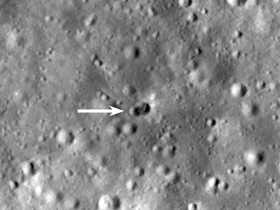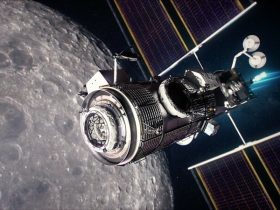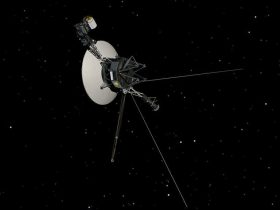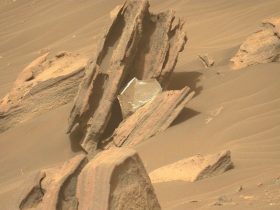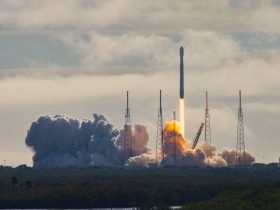They’re trapped.
Two swarms of curious, numerous house rocks — referred to as Trojan asteroids — constantly journey across the solar, one in entrance of the fuel large Jupiter and one behind. Jupiter and the solar’s gravity have mixed to lock the Trojans into this immutable orbit. The asteroids cannot depart. It is a main cause why Trojan meteorites possible do not land on Earth, which means we haven’t any samples of those distant, nonetheless largely mysterious objects.
However planetary scientists are keenly within the story of the Trojans. They think these icy rocks are captured relics of our photo voltaic system’s formation some 4 billion years in the past. If that’s the case, the Trojans are the smaller constructing blocks of planets. They might help inform us how Earth, and the opposite planets, got here to be.
“That is the primary reconnaissance of the Trojan swarms.”
“If we wish to perceive ourselves, we have now to know these small our bodies,” Hal Levison, a planetary scientist who leads the unprecedented mission to research the Trojans, informed Mashable.
The mission, named “Lucy” after the traditional stays of a fossilized human skeleton, will go to six completely different Trojan asteroids over its 12-year mission. It launched in 2021. “That is the primary reconnaissance of the Trojan swarms,” Levison mentioned.

Learn extra about house rocks and asteroids at Mashable:
- How scientists discover the large asteroids that may threaten Earth
- If a scary asteroid will really strike Earth, this is how you may know
- The mega-comet hurtling by means of our photo voltaic system is 85, sure 85, miles large
Captured cosmic capsules
A looming query is how primordial chunks of our early photo voltaic system bought trapped in swarms round Jupiter. A number one principle (based mostly on simulations of the planets’ formation) is that within the nascent photo voltaic system, the now-distant large planets (Jupiter, Saturn, Neptune, and Uranus) had been nearer to the solar, versus being the far-off intensely frigid worlds they’re right now. In the meantime smaller, icy objects — the Trojans — shaped past the planets within the outer realms of our photo voltaic system.
However round 880 million years after the photo voltaic system shaped, it underwent dramatic change for causes nonetheless being investigated. The massive planets grew to become violently unstable, defined Levison, and reoriented themselves farther from the solar. This created a gap for outer objects (the Trojans) to finally get propelled close to gravitationally-powerful Jupiter.
“That is once we suppose the Trojans bought caught,” mentioned Levison.
They’ve orbited in swarms round Jupiter ever since. They’re regarded as pristine photo voltaic system remnants from billions of years in the past. And that is what makes them so precious.
Planets develop by innumerable collisions, amassing into the bigger worlds we see right now. The untarnished Trojans are the kind of smaller rocky and icy objects that might have contributed to creating planets. They’re numerous “fossils” of planet formation, Levison emphasised. If we wish to understand how Earth shaped into the liveable, cloudy, lush world we all know right now, we have now to know what, precisely, shaped it.
The Trojans maintain these clues. We simply need to get there.

An animation of the Trojan asteroid swarms (inexperienced) orbiting the solar. Credit score: Astronomical Institute of CAS / Petr Scheirich / NASA
The deep house mission
The Lucy spacecraft, fitted with two big photo voltaic panels, is almost 52 ft large. To energy its journey to the realm of Jupiter, a whole lot of hundreds of thousands of miles from the solar, it wants to gather bounties of daylight.
A lot of the 12-year mission will contain touring to and across the Trojans in a serpentine, looping journey. The craft will not take any samples, however will swoop in for some shut fly-bys of the asteroids. In complete, the mission will carefully observe the rocks with a slew of various cameras for simply round 24 hours. The craft, with huge distances to cowl, will probably be hauling by means of house, and zooming by these objects.
“We’re not going to have the ability to blink,” Levison mentioned.
“We’re not going to have the ability to blink.”
Lucy’s {powerful} cameras, together with a spectrometer that may see what the asteroids are composed of, will observe the rocks’ composition, mass, and geologic historical past. They’re going to see how icy the Trojans are, and the way completely different they’re from one another. Planetary scientists already know some are darkish crimson and resemble a number of the extraordinarily distant objects discovered right now within the outskirts of the photo voltaic system, past Neptune.
Levison expects to be stunned by what Lucy beams again. The mission will give scientists unprecedented perception into how our photo voltaic system, and humble blue planet, developed and matured into the eight-planet realm we see right now. “I can’t wait to see what mysteries the mission uncovers!” NASA Administrator Invoice Nelson mentioned in an announcement.
On a winding tour of the photo voltaic system, Lucy will fly by its first Trojan in 2027, and its remaining one in 2033.
“We will be visiting loads of this stuff,” Levison mentioned.


